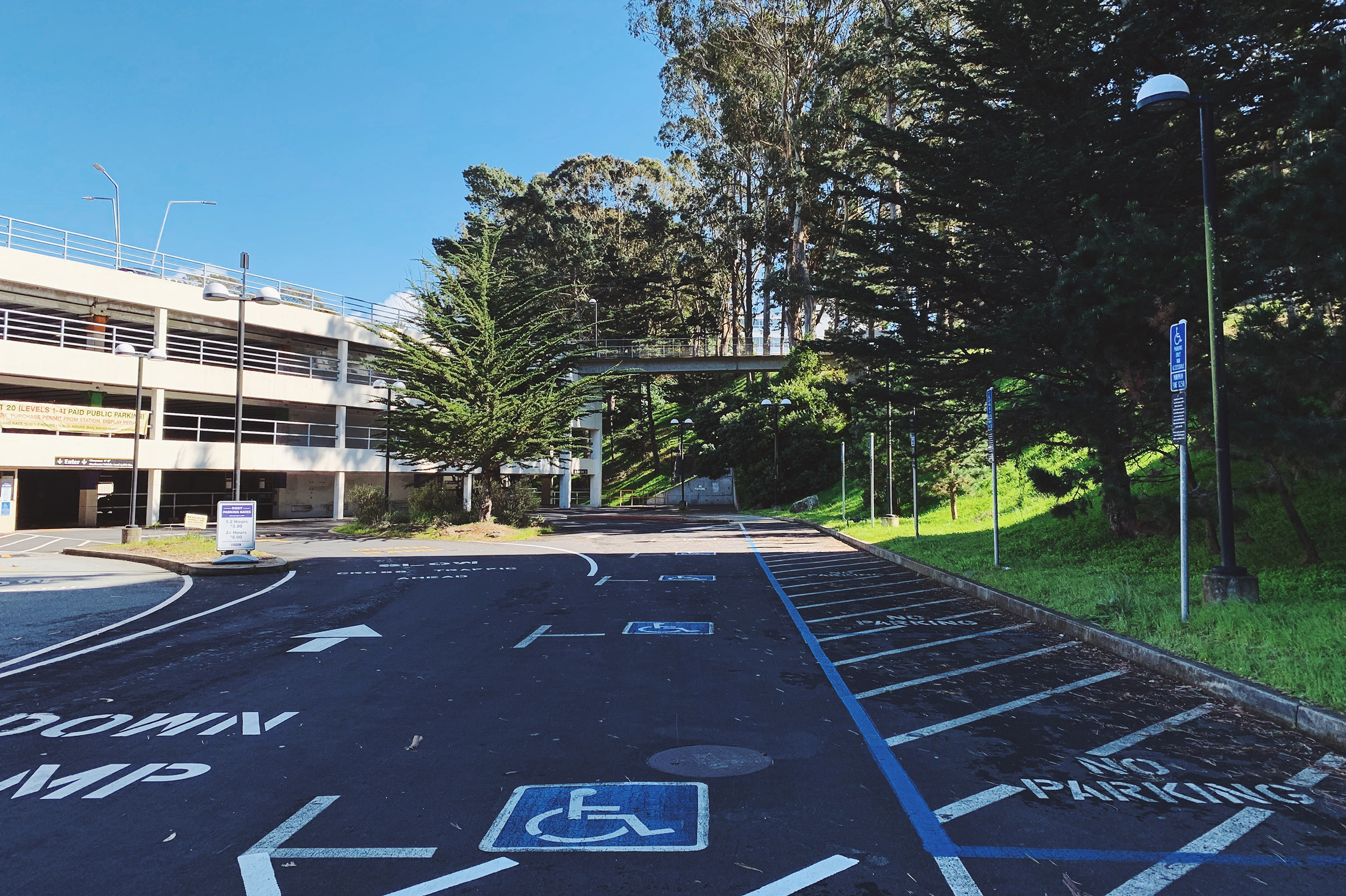One of my most crippling anxieties is worrying about other people’s perception of me. Perhaps this is why I never did jive well with social media, a world where the approval and praise of others is the common currency. I’d get really down on myself if someone didn’t reply to my inquiry, or had a negative reaction to one of my posts. To combat this, I’ve largely abandoned all forms of social media, save Twitter, because that is one service I simply cannot quit - far too engrossing.
The same anxiety manifests itself when I’m out in public: I’d want to be invisible, because any chance of drawing a reaction from someone - whatever it may be - has potential to be negative, or embarrassing. A strange paradox existed back when I had the Mazda MX-5 convertible: I seldom put the top down when driving because I felt completely exposed to the outside word. What if someone doesn’t approve of the music I’m listen to? Better turn down the volume.
And then I bought a 911. Yeah, that’ll help; Look at this asshole in a six-figure sports car.
Harboring such social affliction, I sure picked a weird subject to have as a hobby: photography. The task demands that I go out and be amongst others, yet I worry people will see me looking stupid, like crouching down in a yoga pose just to get the correct perspective on a shot. It’s no wonder I prefer to hike in mountains and take landscape photos: there’s no one around to see me.
In recent years I’ve been much better in dealing with this anxiety, though being amongst large crowds at events still fills me with dread. But I know that fearing what other people think of me is absolute nonsense: no one notices me, nor would they care what I’m doing; I’m not special at all. People generally have a live-and-let-live attitude unless someone’s in danger of physical harm, so my anxiety is unfounded. I can easily go on with what I’m doing and no one will blink an eye.
Easiest said than done, obviously, but it has to be done nonetheless. Stoic philosophy dictates that one shouldn’t concern with what they cannot control; other’s perception of me is squarely in that category of incontrollable. I can’t change their thoughts, only my own, and I should be 100 percent focused on living my life as I desire it.
I'm a silhouette, chasing rainbows on my own.



